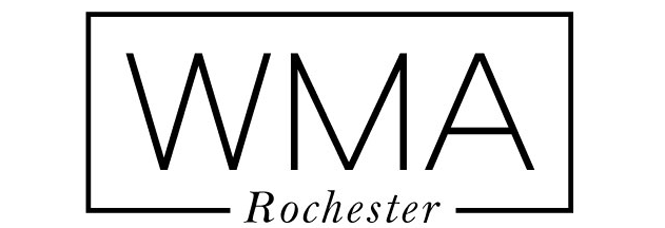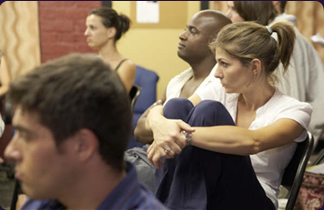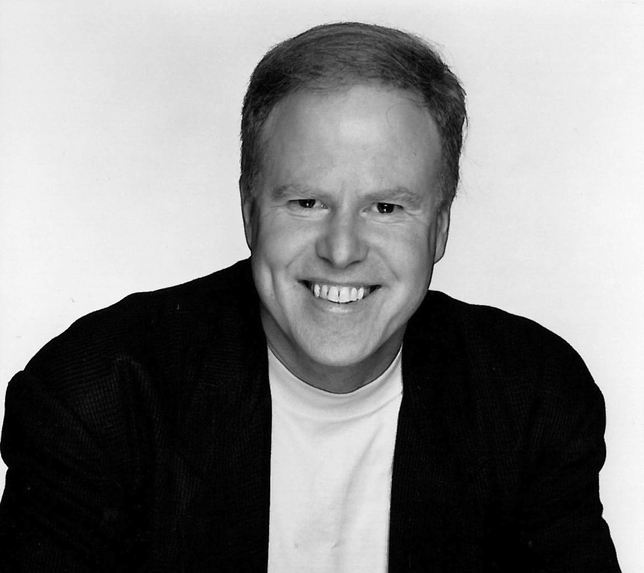You’ve got your look. You’ve got your agency. Now, it’s time to go out there and find some work! But do you know the differences between a Go-See and a Call Back? What’s a GWC, and why should you avoid them? Do you need to Book Out a family vacation?
x
Did we lose you? Don’t worry! Our newest cheat sheet will help you understand the terms and phrases used in the process of finding and securing work with your agency.
X
Getting Work
X
Audition: A casting in which the talent must demonstrate a skill, like acting or singing, that they will be required to use as part of the job.
x
Booking (Noun): Any kind of modeling work.
x
Booking (Verb): Securing work for a model or other talent. Also means that a job has been confirmed for a model.
x
Booking Out: If a talent cannot work during certain days or times, they must inform their agency. The agency then blocks out those times in the talent’s schedule to avoid creating scheduling conflicts. That talent is then “booked out” for those dates and times, and the agency cannot accept work on the talent’s behalf during those times.
x
Call Back: An indicator that a talent is being considered for a job. Call backs are secondary auditions where the talent is considered against a smaller pool of other talent. A call back can also be referred to as a Recall.
x
Casting: General term for an event where a client looks for a model or an actor to fill a specific role in a project. See also: Audition and Go-See.
x
Casting Director: The person in charge of choosing which model or actor gets offered the job.
x
Cattle Call: A casting where an agency sends all of its talent fitting the job description at once. Cattle Call can also be used to refer to castings where anyone can attend.
x
Chart: A talent’s schedule.
x
Cold Reading: A common casting practice where the talent is given dialogue that they must perform without any preparation. While talent never gets the same piece to read twice, cold reading is a skill that can be learned.
x
Direct Booking: A job assigned to a specific talent without the process of a Go-See, Casting, or Audition.
x
First Option: If a client wants to use a talent for a project, but that talent is already booked for some or all of the project’s time, the client can request the talent’s First Option. If the talent’s schedule becomes free of the original booking, the agency will send the talent to whichever client holds the talent’s First Option for that time.
x
Hold: A freeze in a talent’s schedule. A hold is put on a talent’s schedule when a client has expressed interest in using that talent for a period of time, but has not yet signed an agreement with the talent’s agency.
x
Go-See: A meeting with a client or photographer where a model is sent by their agency to either tryout for a specific job, or to simply get their name and face out there. The model will typically bring their portfolio and copies of their comp card to a Go-See.
x
GWC: Guy With Camera. An individual with a fancy camera and no photography experience who solicits models online for personal photo shoots.
(Friendly Advice: Avoid these at all costs! While models do not necessarily have to work with experienced professionals to build their portfolios (though it is recommended,) they should only work with people who have studied photography. A good photo needs more than a fancy camera, and models should only ever have their best photos in their portfolios.)
x
Monologue: A piece of dialogue where the actor speaks for a prolonged period of time.
x
Non-Union Job: A job or an assignment that does not require whoever is cast to be a member of a union.
x
Pencil Booking/ “Being Penciled In”: See: Hold.
x
Reel: A video of clips or photos of a talent’s best work.
x
Resume: A three-column document summarizing a talent’s professional experience.
x
Second Option: If a client wants to use a talent for a project, but that talent is already booked for some or all of the project’s time AND that talent’s First
Option is already spoken for, the client can request the talent’s Second Option. If the talent’s schedule becomes free of the original booking and the First Option, the agency will send the talent to whichever client holds the talent’s Second Option for that time.
x
Sides: Parts of a script given to those who are auditioning to read aloud. Sides can be read either with the Casting Director, or with people who have been cast in (or who are trying out for) the other roles in the project.
x
TFP: Time For Print. An arrangement between a new model and newly graduated photographer or current photography student (never a GWC) in which the model gives the photographer their time for a shoot in exchange for the right to use photographs and prints from the shoot. The goal of a TFP arrangement is for both the model and photographer to build their portfolios without spending a lot of money.
(Friendly Advice: The quality of the photographs in a TFP arrangement is never guaranteed, and it is always a safer bet to use a professional photographer or studio.)
x
Union Job: A project only open to members of a specific union. The biggest union for performers like models and actors is SAG-AFTRA (Screen Actors Guild-American Federation of Television and Radio Artists).
X
What’s Next?
X
It’s finally the day of the booking! Do you know if it is in a Cyc Studio or a Daylight Studio? Do you need to be Clean-Clean or Camera Ready? Find out in our next Modeling Cheat Sheet: Working and Networking.
X








